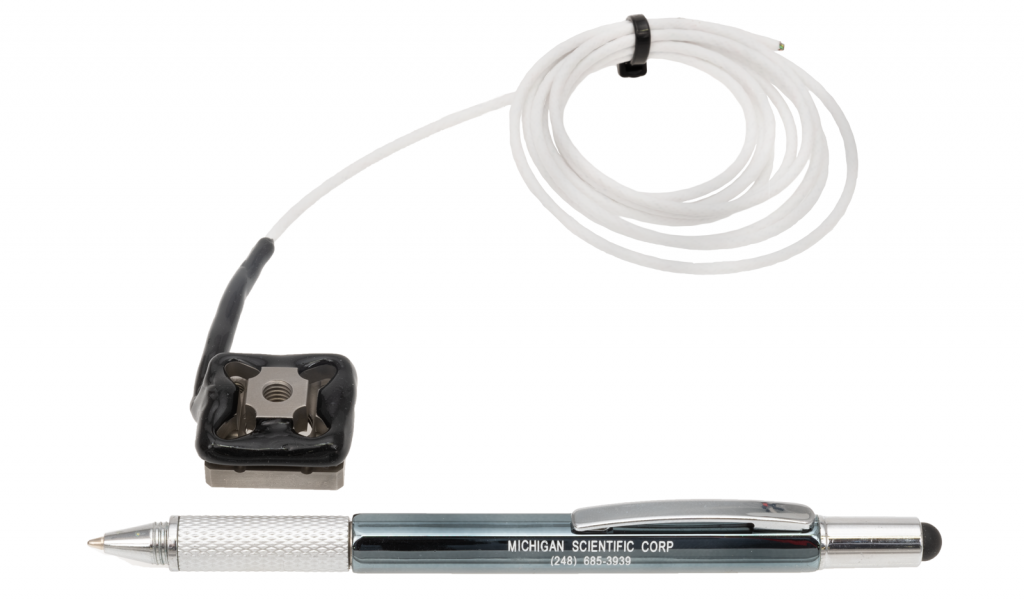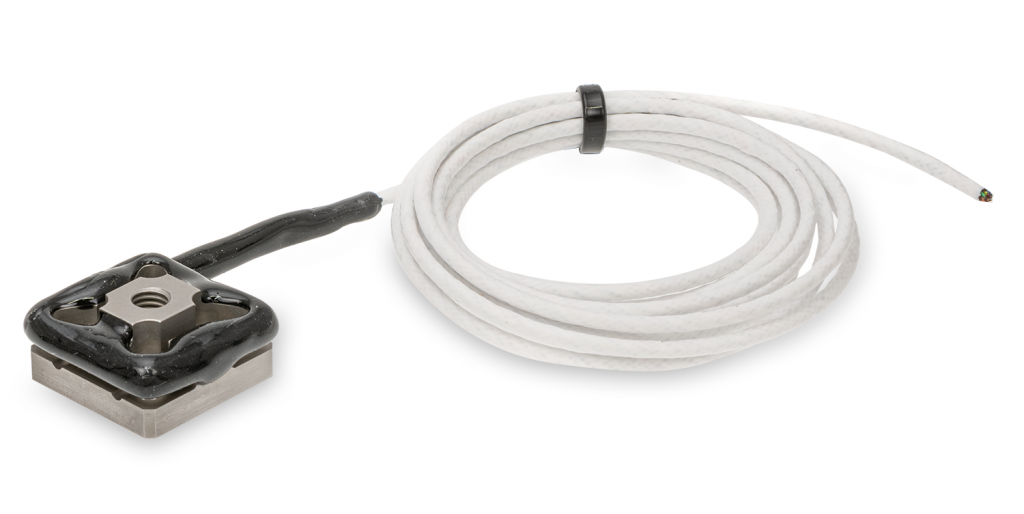Miniature Load Cells
Load cells are ideal for measuring forces in a broad range of applications. They output a signal proportional to the mechanical force applied to a system. Because load cells are often designed to handle heavy loads, they are often bulky compared to other force sensor methods. That being said, load cells are a convenient and accurate method for gathering force measurements. For applications with limited space, load cells must be small enough to fit within an assembly, without sacrificing accuracy or durability. Michigan Scientific specializes in load cells and is proud to offer a miniature load cell that is capable of precise measurement at heavy loads.
TR3D-B-1K, Michigan Scientific’s Miniature 3 Axis Load Cell
The Michigan Scientific TR3D-B-1K is a small, or miniature, strain gauge-based load cell transducer. It is designed for easy mounting in applications where space may be limited. The TR3D-B-1K simultaneously measures forces in multiple axes and provides accurate results for a variety of applications. This load cell transducer has a maximum load capacity of 1,000 lbs (4.4 kN), in a package that is 1 x 1 x 0.5 inches. With temperature compensation, rugged construction, and environmental protection, this durable load cell offers itself to handle a variety of applications.

Pen for Scale
Example TR3D-B-1K Load Cell Uses
Robotics – Force Sensors are one of the ways robots are able to interact with the world around them. Load cells for robots often need to be smaller than average load cells in order to fit within a moving assembly. For example, load cells can be used to measure the over-hanging moment on a robotic arm during operation. Load cells may also be used to detect forces on a robot’s end effector. Multi-directional force measurements on robotic arms provide valuable information needed for a variety of applications.
Prosthetics – When developing a prosthetic foot, load cells can detect forces between the prosthetic and the ground. With measurements in three directions, the load cell can provide biomechanical patient feedback from the forces exerted while walking, running, or jumping. This can help with balance and walking function, as well as provide information for future development.
Automotive – Load cells can be used to measure mount loads in several areas in vehicles. Miniature load cells can be used to measure multipart driveshaft bearing mount loads. The multipart drive shaft bearing load cell can measure the radial loads exerted on the bearing as well as axial load. They are useful in small vehicles, for example, a location that requires load cells is between a motorcycle engine and it’s frame. The three directions help to measure total force exerted on engine mount brackets and vibration dampers.
To learn more about the TR3D-B-1K, contact a Michigan Scientific representative today.

